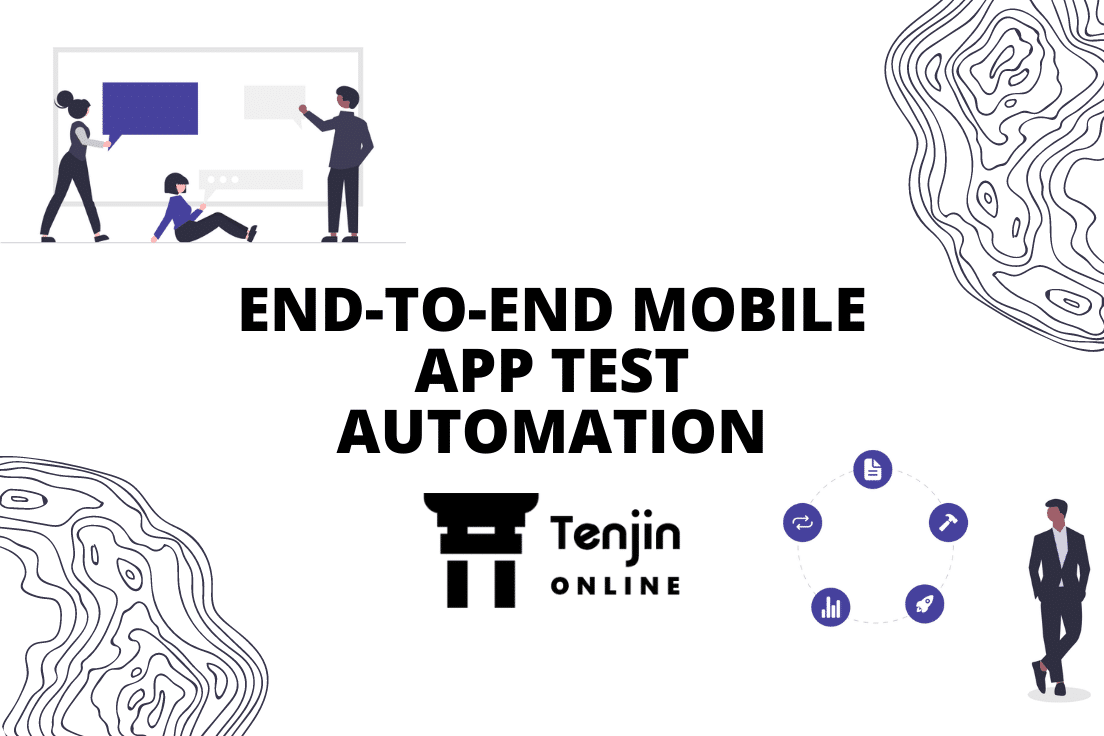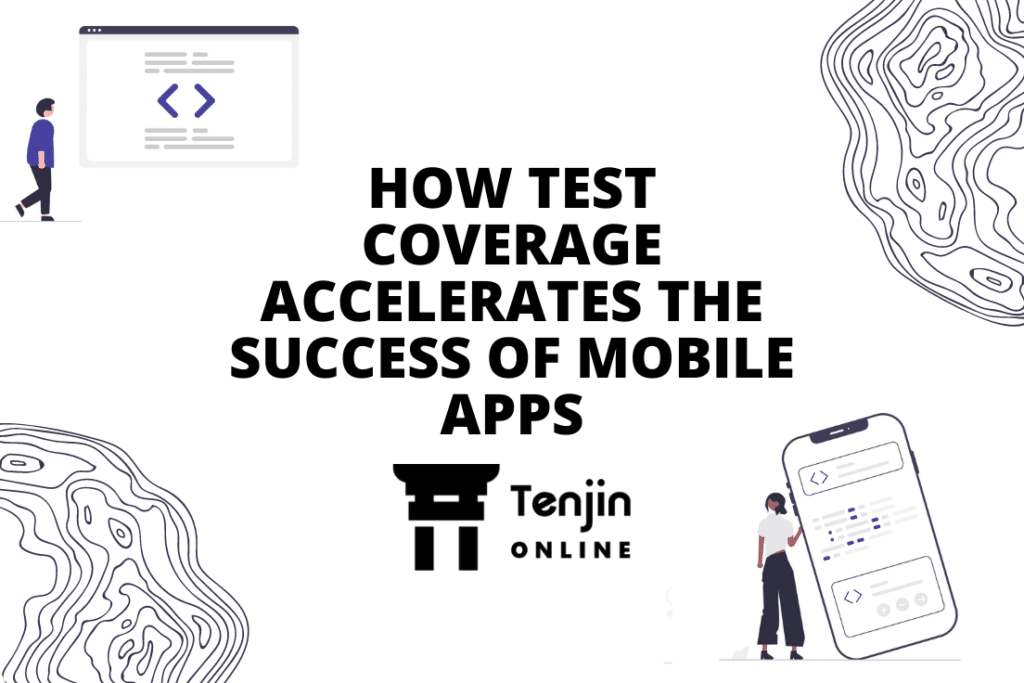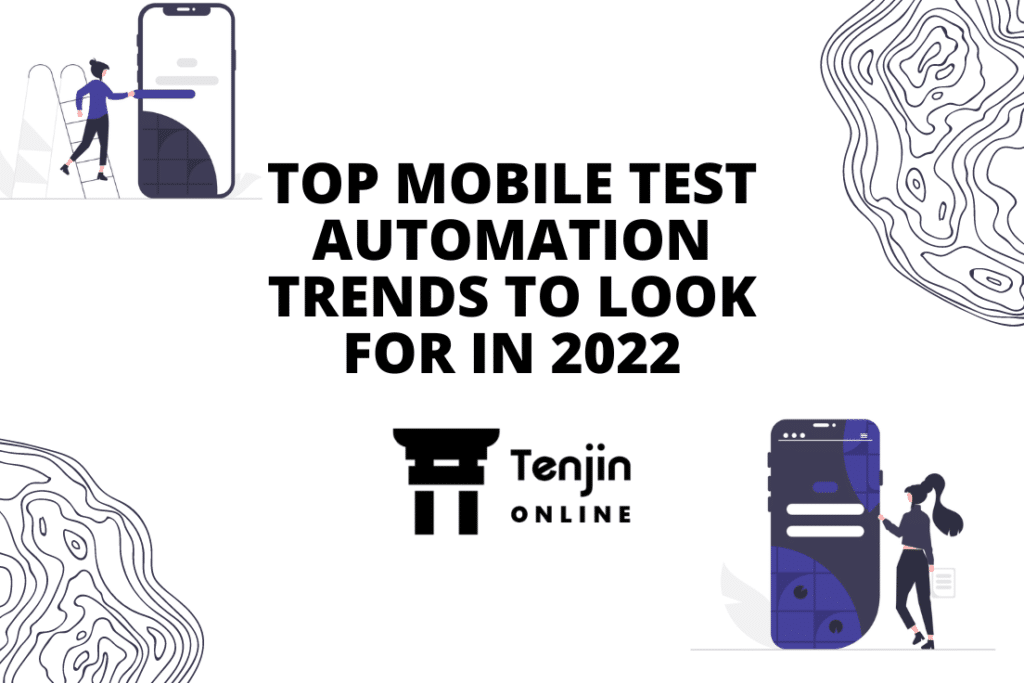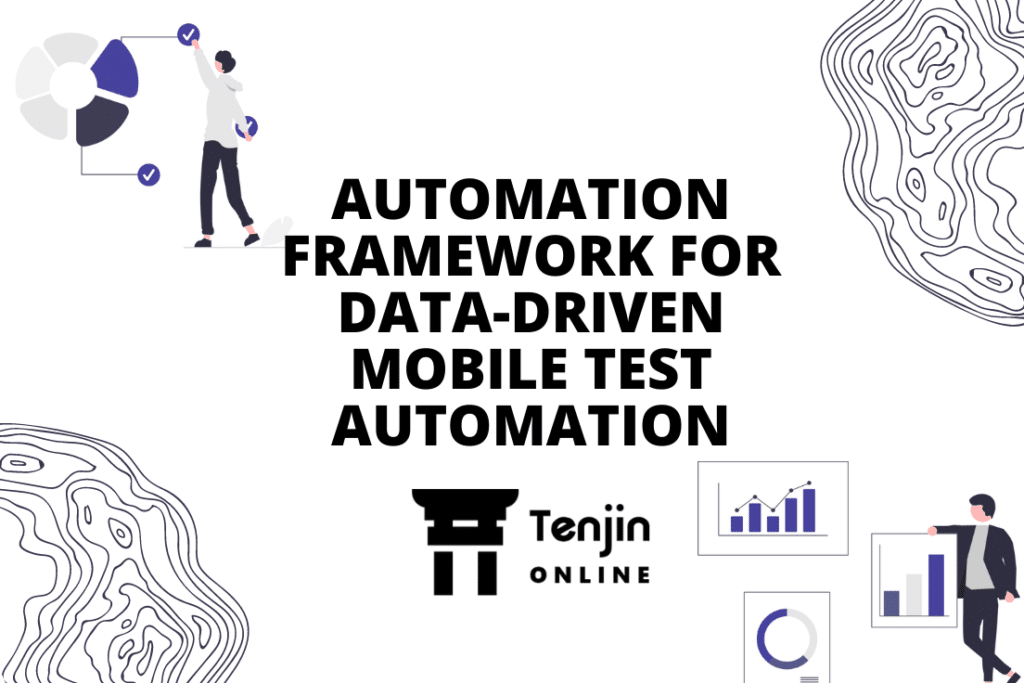
End-to-end (E2E) mobile app test automation is a process involving testing an application’s functional and non-functional aspects from beginning to end. The goal is to emulate a real-user scenario to validate integration and data integrity. It helps ensure that the software and its sub-systems perform and behave as expected. E2E testing also helps understand the end-user experience by simulating the user design and testing the system.
These days, software systems are complex, and many applications rely on layers and whole networks of sub-systems (UI, UX, API, web, database, frameworks); if any sub-system fails, the entire project lifecycle suffers. It indicates an urgent need to test how the application communicates from start to finish. Commonly, E2E testing is performed after functional and system testing and tests hardware, network connectivity, external dependencies, databases, and additional third-party integrations.
Advantages of End-To-End Testing
End-to-end testing has been more dedicated and widely adopted when fulfilling the business needs. It provides value by guaranteeing that a flow works as planned from the viewpoint of the user because of the following benefits:
- In E2E testing, the software is tested and validated at the data, business, presentation, and integration layers. This testing method provides the system’s full correctness and health.
- It improves the accuracy in the functioning and implementation of the software before its release as it is comprehensively tested across distinct endpoints for various devices and platforms.
- This testing method offers early fault detection and rigorously test the application after every iteration and sprint. Thus, fewer failures and optimized functionality for great customer experience.
- In this testing method, the applications are tested thoroughly to align with the business workflows. Hence, it lowers the possibility of recurring breakdowns and facilitates repetitive testing efforts.
- This testing method reduces cost and time-to-market as the application does not mandate repeated tests. It considerably lowers the testing expenses and time. Furthermore, it allows improved productivity in a well-optimized and streamlined manner.
End-To-End Testing Lifecycle
An E2E testing life cycle comprises test planning, design, execution, and results analysis. The steps are discussed in detail:
- Test planning: This stage specifies critical tasks associated with schedules and resources.
- Test design: It involves designing test requirements, generating test cases, risk analysis, usage analysis, and scheduling tests.
- Test execution: This stage executes all the test cases and documents the results for future references.
- Result analysis: It involves analyzing test results, evaluating tests, and conducting additional tests if required.
Best Strategies to Perform End-To-End Testing
To yield the best outcome from end-to-end testing, a well-defined strategy needs to be created. Without a proper strategy, the process will not be streamlined and create deviation from the expected results.
Define Test Coverage
Higher test coverage increases the possibility to uncover the errors in a more advanced way, identifying the bugs with nearly 100% accuracy. Hence, defining the test coverage is an important aspect of end-to-testing. It can be performed by compiling a checklist of customers’ journey and make sure to prioritize them with your automation budget in mind. Do not treat this list as a fixed resource and consistently execute the test for the most critical flows first. Remember that users are the actual judge of quality.
Follow a Whole-Team Approach
Identify the importance of involving the entire team on quality as it is no longer the QA team’s responsibility for product quality. Try to bring in QA, developer, support team, and other partner team members to build quality into the app from the start. QA’s can work with product owners and others to design and sustain an end-to-end regression testing suite. At the same time, those focused on operations and support can take the edge of low-code tests for synthetic transaction monitoring in implementation.
Shifting to Codeless Test Automation
In E2E testing, codeless mobile test automation allows to create test cases without codes. Also, the mobile test automation technique will assist you in getting help from the operations team and other professionals who don’t have much coding knowledge. This frees QA testers from creating new code-based test cases and focusing on implementing new features or fixing bugs.
Identify the Appropriate Test Data
It doesn’t matter how exceptional your test scripts are if you provide insufficient data. You must confirm that you strictly provide rich data to your tests in appropriate quantities when required. Reproducing data from production has an abundance of issues. It might lack an indication of edge-case designs that must be tested. It also might lack information from newly added database tables. The most apparent danger is uncovering discreet details such as personally identifiable information (PII). In this scenario, it is recommended to go with the automatically generating test data approach.
Why Automate End-To-End Testing?
It is now time to consider end-to-end testing as a non-negotiable aspect of the testing channel. For any commercial software release, prepare for it from the beginning. Invest time, effort, and resources in it so that your customers do not have to haggle with preventable disruption in their experience.
In mobile test automation, you can execute end-to end-tests of different features and functionality in your application. Automation allows you to build reusable components, drive test cases with external data, customize testing strategies, schedule test cases for repeated executions, streamline maintenance with clear logs, and report project status. You can ensure all the small code units work together as planned with all these features.
Tenjin Online for end-to-end testing of web and mobile apps
Tenjin Online is a powerful SaaS-based, codeless mobile testing automation platform that can effortlessly perform end-to-end testing of web, Android, and iOS apps. It is a simple tool that can be used even by non-technical personnel with utmost ease. It ensures that the app is visually appealing and offers a seamless user experience. It tests all the functional and non-functional aspects of the app with utmost ease. This is the only tool that you will ever need for testing web and mobile apps. It has the capabilities of test management, test execution, defect management, and performs complete end-to-end testing services to improve the quality of the software.



Leave a Reply
You must be logged in to post a comment.